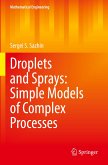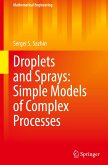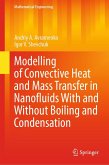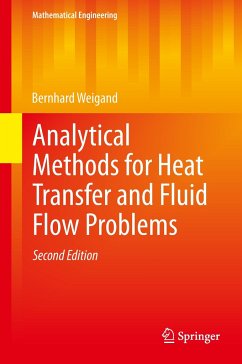This book offers a guide to understanding models of vortex rings, starting from classical ones (circular vortex filament, Hill and Norbury-Fraenkel inviscid models) to very recent models incorporating viscous effects and realistic shapes of the vortex core. Unconfined and confined viscous vortex rings are described by closed formulae for vorticity, stream function, translational velocity, energy, impulse and circulation. Models are applied to predict the formation number of optimal vortex rings and to describe two-phase vortex ring-like structures generated in internal combustion engines. The book provides a detailed presentation of analytical developments of models, backed up by illustrations and systematic comparisons with results of direct numerical simulations. The book is useful for graduate students in applied mathematics, engineering and physical sciences. It is a useful reference for researchers and practising engineers interested in modelling flows with vortex rings.
"The book can be recommended to researchers with an interest in vortex rings or axisymmetric flows. The presentation is self-contained, with all of the mathematics required given in the text or appendices so that workers new to the field can use the book as a starting point for their research. ... The connection between mathematical, physical, and engineering applications is well motivated and should allow a reader to apply the presented methods to their problems quite readily." (Michael J. Carley, Mathematical Reviews, September, 2022)








